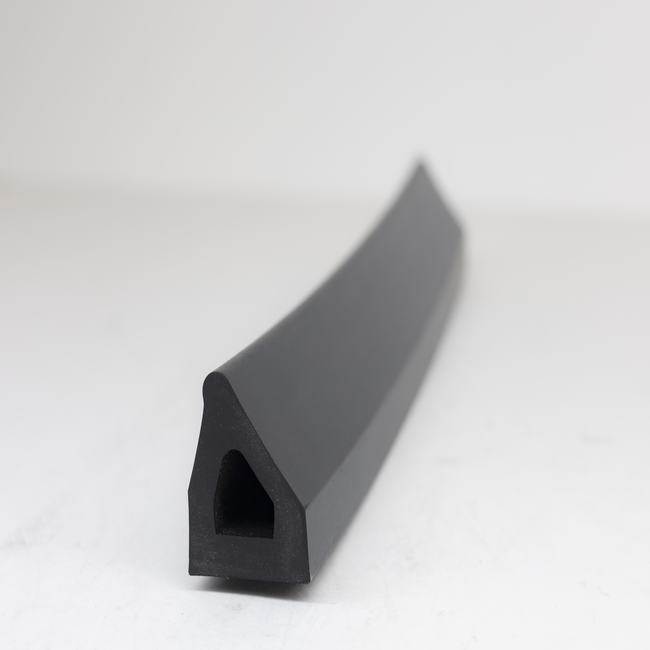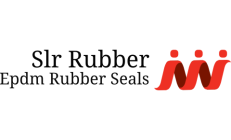“Ship seals” can refer to various types of seals used in the maritime industry, primarily on ships and vessels. These seals serve various purposes, including maintaining the integrity of a vessel, preventing water ingress, ensuring safety, and facilitating efficient operation. Here are some common types of ship seals and their functions:
**1. Hull Seals: Hull seals are crucial for maintaining a ship’s watertight integrity. They are typically found in areas where the ship’s hull has penetrations, such as through-hull fittings, sea chests, and propeller shafts. Hull seals prevent seawater from entering the vessel, which is vital for buoyancy and safety.
**2. Shaft Seals: Shaft seals, also known as stern tube seals, are installed around the propeller shaft where it exits the hull of the ship. They prevent seawater from entering the ship while allowing the shaft to rotate freely. Common types include stuffing box seals and mechanical face seals.
**3. Hatch Seals: Hatch seals are used on cargo ships and vessels to seal cargo hatches, ensuring that the cargo holds remain dry and secure during transit. These seals help prevent water ingress, protect cargo from moisture, and maintain vessel stability.
**4. Porthole Seals: Porthole seals are gaskets or seals used around windows (portholes) on ships. They ensure that the windows remain watertight, preventing water from entering the ship and maintaining a safe and comfortable environment for passengers and crew.
**5. Bulkhead Seals: Bulkhead seals are used to seal the joints between bulkheads (interior walls) and the ship’s structure. They help compartmentalize the vessel, providing added safety in the event of flooding or damage.
**6. Lifeboat Hatch Seals: These seals are crucial for maintaining the integrity of lifeboat hatches. They ensure that lifeboats remain securely stowed and protected from water ingress, making them ready for use in emergencies.
**7. Soundproofing Seals: In passenger ships and naval vessels, seals are used for soundproofing purposes. They prevent the transmission of noise between different compartments, creating a quieter and more comfortable environment for passengers and crew.
**8. Ballast Tank Seals: Ballast tanks are essential for stabilizing ships. Seals in ballast tanks prevent water from leaking in or out, allowing precise control of a vessel’s stability.
**9. Rudder Seals: These seals are installed around the rudder stock to prevent water from entering the steering mechanism, ensuring the safe and efficient operation of the ship.
**10. Engine Room Seals: Seals are used in the engine room to maintain the watertight integrity of bulkheads and access points, ensuring the safety and proper functioning of the ship’s propulsion and power systems.
These are just a few examples of the many types of seals used on ships. Ship seals are critical for the safety, stability, and efficiency of vessels, and they must be inspected, maintained, and replaced as needed to ensure their effectiveness and compliance with maritime regulations.






